Huawei’s P Series is one of the most popular smartphones in the market. Known for sporting beautiful designs, premium materials, flagship specs, and amazing cameras, this year’s models are highly anticipated. However, the P50 and P50 Pro came out differently. Some liked it, some didn’t. If you want to know our take on the Huawei P50 Pro, read our review below.
Table of Contents

Right off the bat, we can say that the Huawei P50 Pro looks beautiful. It seems like a refinement of the Huawei P40 Pro but more elegant. The gold color just makes it even more premium. It still employs a metal frame with curved glass on the front and back. The front houses the 6.6-inch screen with a hole-punch at the center top for the 13MP selfie camera (no more ToF 3D camera), and the in-display fingerprint scanner. There’s no mention of any specific glass used for protection, but it has a screen protector pre-installed.
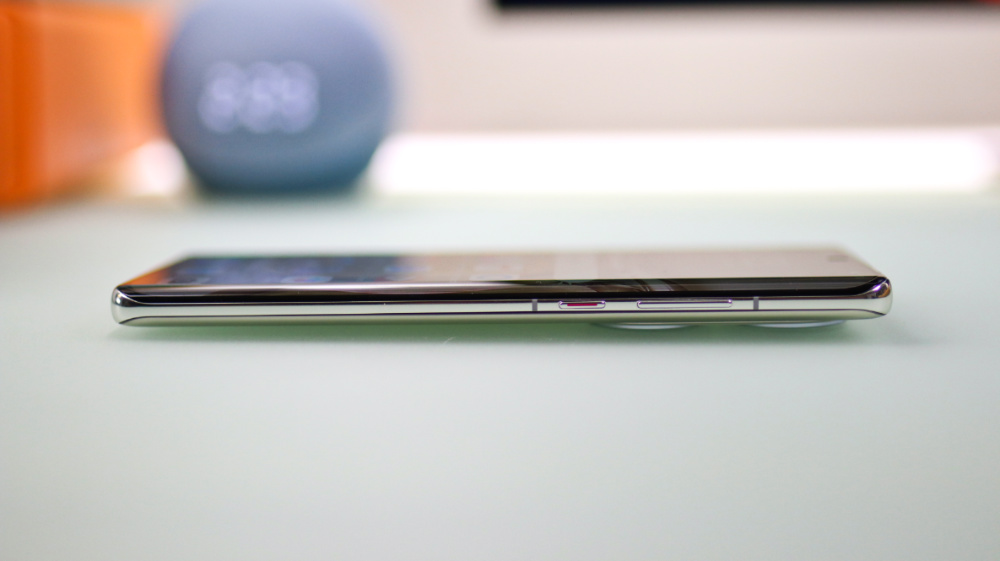
Found on the left side are the power/lock and volume buttons.
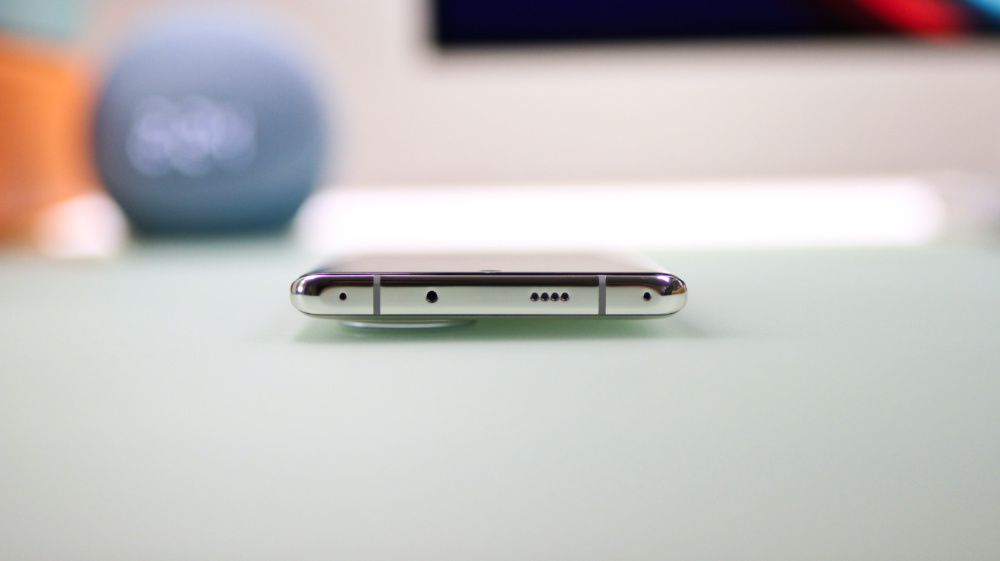
At the top are the secondary loudspeaker, microphones, and IR blaster.
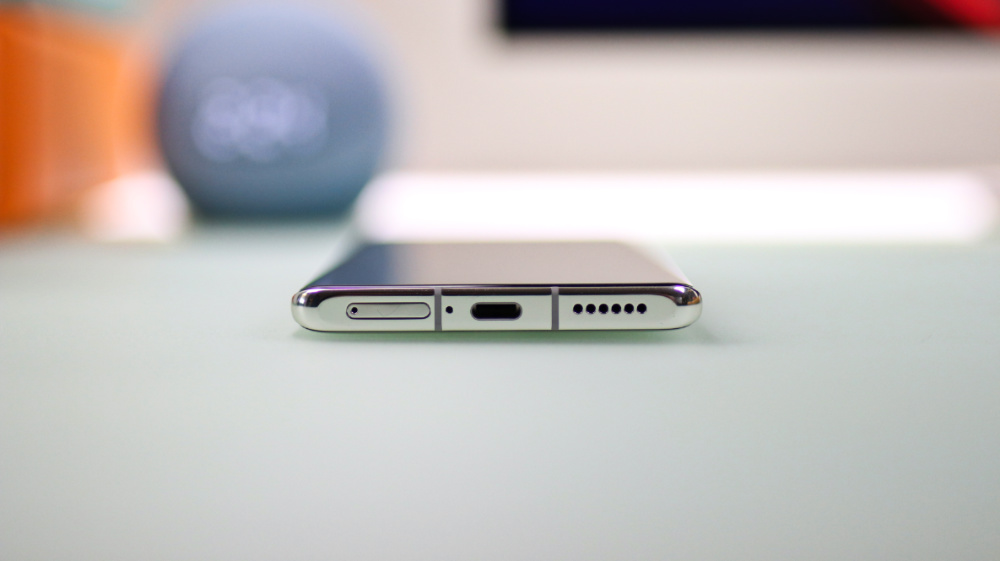
Down at the bottom are the USB-C port, main loudspeaker, microphone, and card slot for dual-nano SIMs or an NM card.
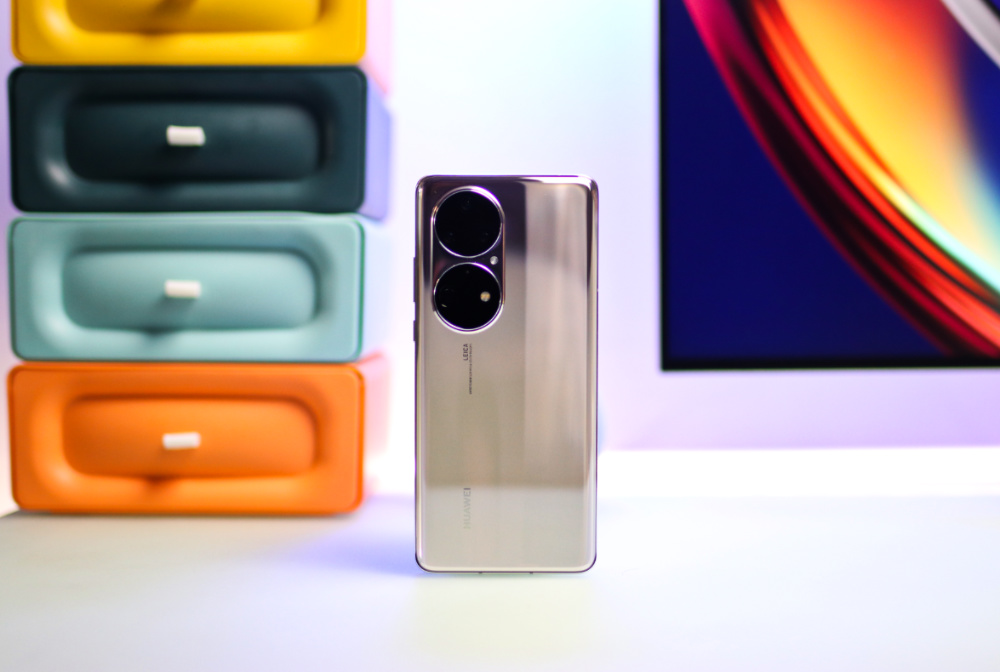
At the back, we have a huge protruding camera module that houses the 50MP main, 40MP main B&W, 13MP ultra-wide, and the 64MP telephoto. Compared to its predecessor, the P50 Pro lets go of the frosted finish and goes with the glossy one. So, expect fingerprints on it if you don’t use the case.

Despite the upgrades, the P50 Pro is pretty much in the same size as the P40 Pro, only 0.6mm taller, 0.2mm thicker, but 0.5mm thinner and 14g lighter. It’s tall so you’ll need y our other hand to help you with the top parts of the screen, but the narrow frame makes it easy to grip. IP68 water and dust resistance are also retained so you don’t have to worry about accidental splashes or dips.
The P50 Pro packs a 6.6-inch 2700 x 1228 OLED display with a pixel density of 450PPI, which is a very sharp screen for its size. Users also have the option to use Smart Resolution that dynamically lowers the screen resolution to 2025 x 921 to save power. The OLED panel means it can produce punchy colors with deep blacks. You also have the option to choose between Normal and Vivid color modes to suit your preference.
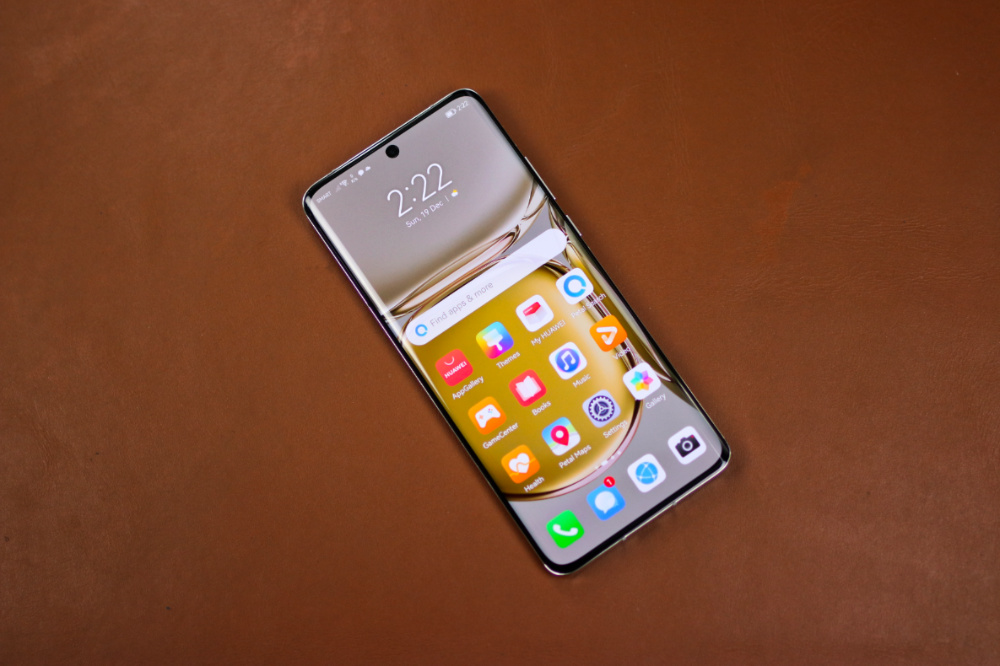
The P50 Pro also boasts a high refresh rate of 120Hz and a touch sampling rate of 300Hz. Users can also opt to have the phone dynamically lower the resolution to 60Hz to save power. Other than that, there’s Dark Mode and Eye Comfort to make the viewing experience more comfortable.
When it comes to audio, the P50 Pro has dual loudspeakers and I must say that it sounds great. Although it won’t match an external speaker, the bass here is more noticeable compared to other smartphones. We can even feel the back panel vibrate when delivering bassy beats. In other words, the P50 Pro can provide a really nice audio experience when watching videos or playing games.
Huawei’s P Series is known for its cameras and the P50 Pro has nice upgrades over the predecessor. We still have Leica optics with a 50MP main sensor but with a larger aperture at F1.8. The periscope telephoto camera now has a high-res 64MP, although optical zoom is toned down a bit to 3.5x (versus 5x on the P40 Pro). The ultra-wide lens was lowered to 13MP and also supports macro shots. There’s no ToF 3D camera but now has a 40MP B&W shooter.
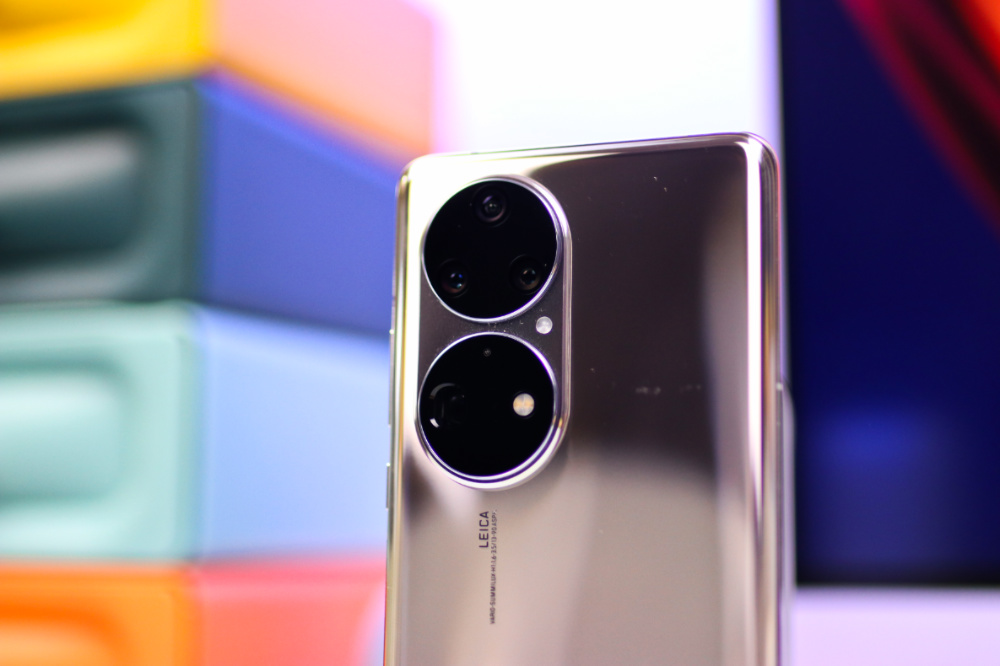
The 40MP B&W works with the 50MP color sensor to capture more light. Huawei says that the camera system also uses Huawei XD Optics, Super Color Filter System, True-Chroma Image Engine, Super HDR Technology, and HUAWEI XD Fusion Pro image engine. In essence, the P50 Pro uses these technologies to capture brighter and sharper photos with better color and dynamic range than the P40 Pro.
While we don’t have the P40 Pro to compare it to, we can definitely say that the cameras work great from bright to dim conditions. Shots taken using the main cameras are very sharp with accurate colors. The ultra-wide camera also produces sharp images although tends to enhance blues. The AI is also good in identifying scenes and applying the right tweaks in processing the image. It even automatically applies nicely-done bokeh effects even for subjects without much separation from the background.
Its zoom capabilities are powerful as well and we have nothing to complain about as long as we’re using the optical zoom. We sometimes even use it as a substitute to macro. Image stabilization works well and gives you the opportunity to keep the camera steady for a couple of seconds to ensure that the images are blur-free. Zooming past 10x digital zoom though and the quality degrades. Images have significantly reduced sharpness and become more susceptible to noise.
When it comes to low-light shots, it can easily handle dim conditions. As long as there’s a little light source, the P50 Pro can work with it. Autofocus starts to become a challenge in really dark conditions. Since it’s dark, you won’t know if it has focused on something until you press the shutter. The P50 Pro will then take a moment to implement post-processing algorithms to enhance the image. It’s a hit or miss, though, as sometimes you get a nicely illuminated image or you get an out-of-focus image peppered with noise and inaccurate colors.
For selfies, the 13MP can produce sharp images with accurate colors. The beauty mode is powerful enough to remove imperfections without erasing important facial features. It is also capable of ultra-wide shots and has Portrait and Night mode.
For videos, the P50 Pro can shoot up to 4K (16:9) at 60 fps. Quality is good, with a high dynamic range and accurate colors. You can also switch between lenses while recording, from 1x to ultra-wide, to 10x, however, the transition is not smooth and you’ll notice the abrupt switch in lenses. Stabilization also works well and was able to minimize shakes while walking. Watch the sample below.
https://youtu.be/GtYBn5-tRHk
The P50 Pro runs on EMUI 12.0.1, which, according to Geekbench is based on Android 11. As usual, it doesn’t use Google services and runs on Huawei Mobile Services, which includes AppGallery and Huawei’s cloud services. The AppGallery already houses the most popular apps.
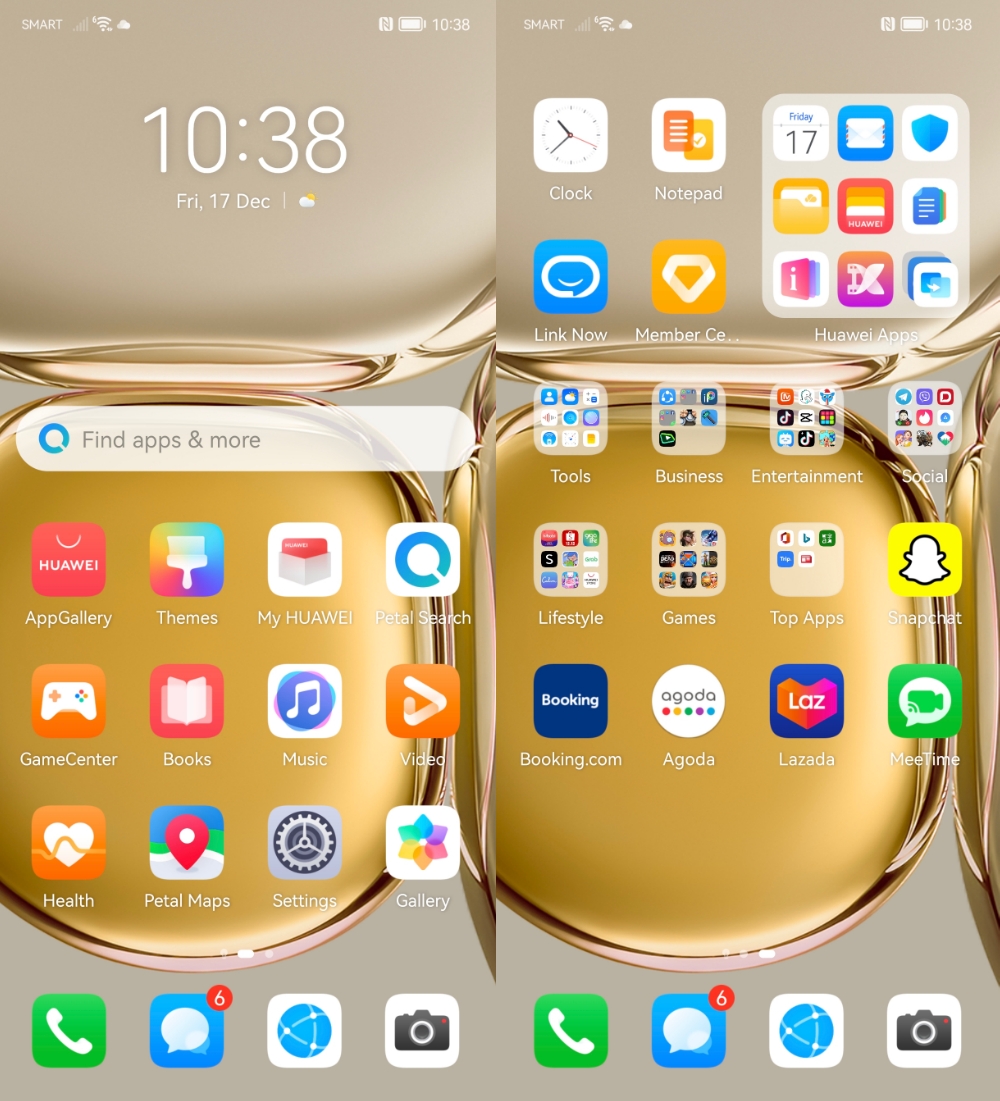
If you need to find a specific app, just use the search box. If the app is not available, Petal Search kicks in and gives you a link to reliable APK websites such as APKPure. From there you can download the APK and sideload the app. If you need to access Google services such as Gmail, Calendar, Google Docs, or YouTube, you can do so via the browser.
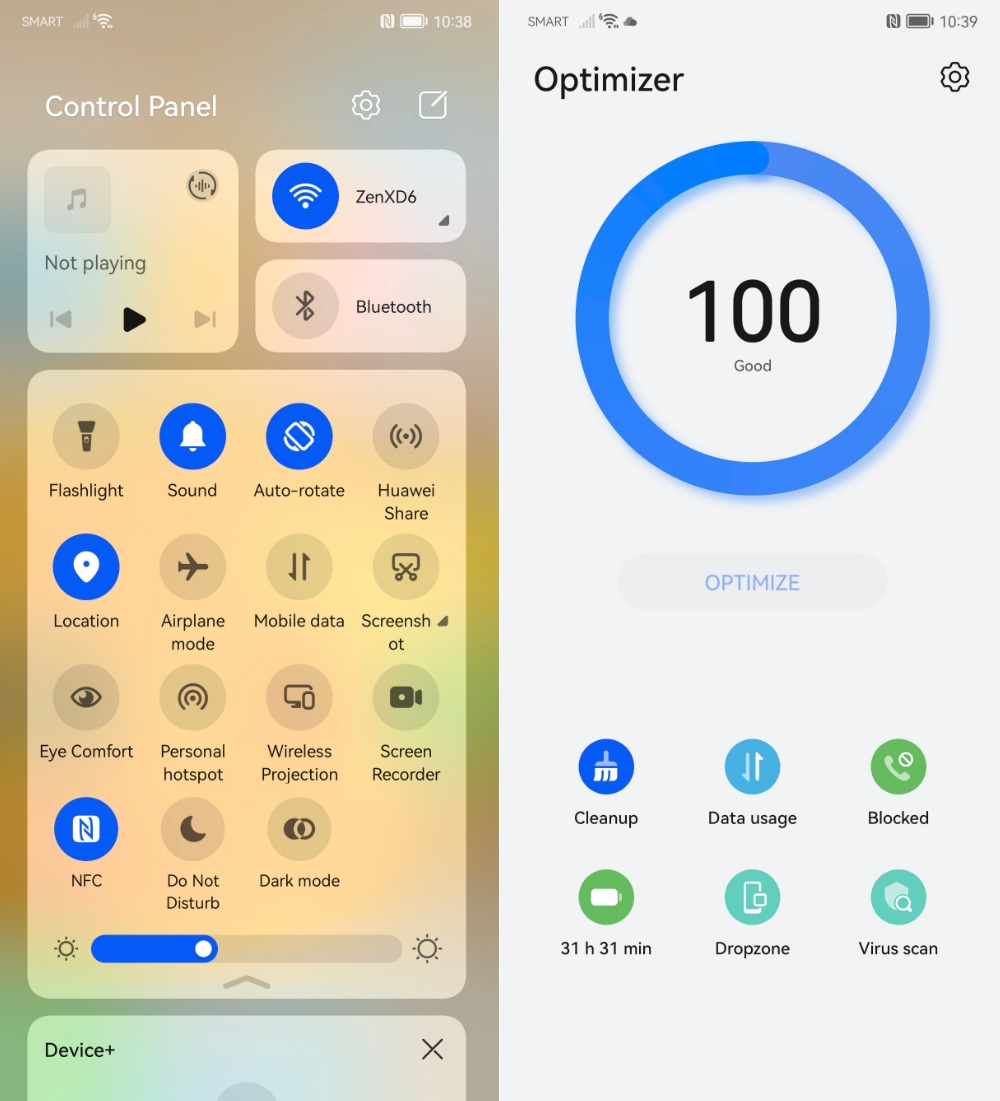
We have already grown accustomed to the lack of Google services in Huawei mobile devices, so we can say that we learned to live with the workarounds or the lack of it. Those already invested in the Huawei ecosystem will still benefit from Huawei-exclusive features like Distributed File System that lets you access the phone’s files through a laptop, Huawei Share, MeeTime, and Multi-screen Collaboration.
What we didn’t like, though, is the number of recommended and pre-installed apps preloaded on the home screen. We hope Huawei could stop doing this and let people start with a cleaner home screen, so they don’t have to remove them one by one.
The P50 Pro is equipped with a Qualcomm Snapdragon 888 4G SoC with one Cortex-X1 core clocked at 2.84GHz, three Cortex-A78 clocked at 2.42GHz, and four Cortex-A55 clocked at 1.8GHz. For the GPU, it has the Adreno 660, paired with 8GB of RAM and 256GB of storage.

Performance, as expected, is good. Applications run fast and launch quickly and we didn’t encounter any issues multitasking. It can easily handle the games we throw at it, including Honkai Impact 3 in its highest graphics settings. It’s smooth and we only felt the usual warming at the back, which is still comfortable to hold even without the case. Check out the benchmark scores below:
• AnTuTu v9.2.5 – 771,218
• AnTuTu v9.1.7 Storage Test – 59,962, (1,814.2 MB/s Seq. Read, 683.2 MB/s Seq. Write)
• Geekbench 5 – 1,056 (Single-Core), 3,017 (Multi-Core), 4,807 (OpenCL), 4,535 (Vulkan)
• PCMark – 12,760 (Work 3.0)
• 3D Mark – 5,627, 33.7 Ave FPS (Wild Life), 1,468, 8.8 Ave FPS (Wild Life Extreme)
The P50 Pro covers almost everything you might need for mobile connectivity. It has WiFi 6, Bluetooth 5.2, GPS, USB-C, and IR blaster. No 3.5mm audio jack, though, but it’s expected in flagships. What will raise eyebrows, though, is the lack of 5G connectivity. Yes, this 2021 flagship only runs on 4G LTE, which can be attributed to the trade challenges and global chip shortage the company is facing.
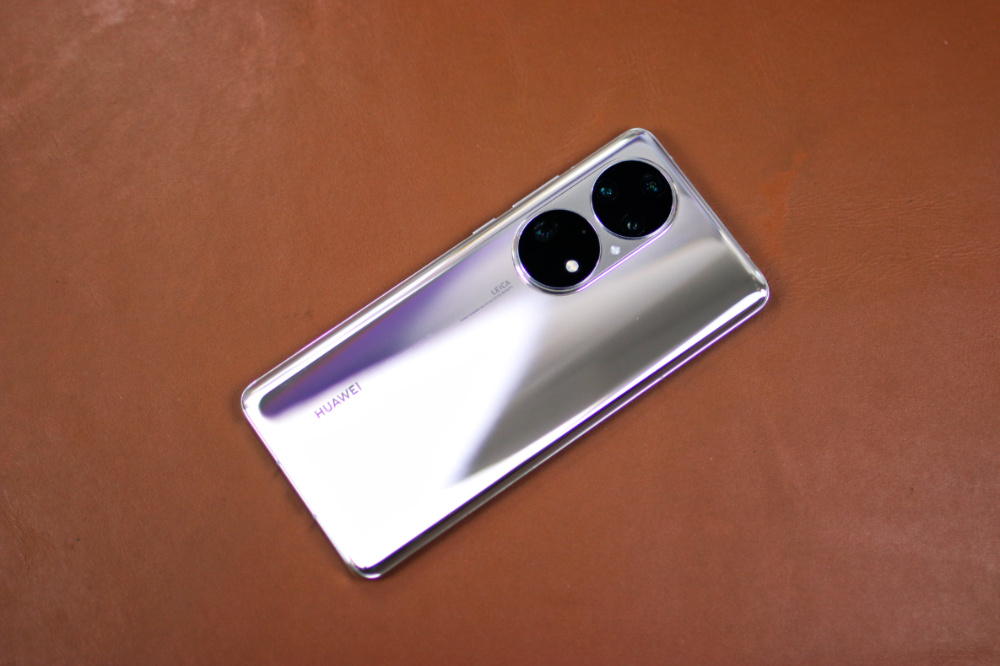
This might leave hold back interested buyers but the scenario will leave them asking if they really need 5G or not (we discussed that conundrum here). Those who really want to take advantage of 5G in their area might find this a dealbreaker, considering its competitors already have 5G. On the other side of the spectrum, or those who don’t rely much on 5G can sweep this under the rug and focus on the other benefits this phone has to offer. In the end, it depends on the user’s needs.
The P50 Pro is equipped with a 4,360mAh battery, which is still a decent capacity in today’s flagships and can still last a whole day of light to moderate use as long as you use the power-saving features like the dynamic refresh rate and dark mode. PC Mark’s battery test rated its battery life at 12 hours and 19 minutes which is not bad. Our video loop test, on the other hand, got us 13 hours and 18 minutes of playback with 120Hz on.
Recharging the P50 Pro won’t be an issue as it supports 66W wired fast charging using the 66W Huawei SuperCharge charger and cable included in the box. It also supports 50W wireless fast charging, but you’ll have to purchase the wireless charger separately.
The Huawei P50 Pro presents a situation where you can’t have everything. It has a beautiful design, gorgeous display, fantastic speakers, great performance, and amazing cameras. Those features alone make for a very competitive flagship device but the lack of 5G adds another hurdle to an almost perfect device. Just imagine if it had 5G and Google Mobile Services. However, the pros definitely outweigh the cons, if priced correctly and you can see yourself navigating through its imperfections, the Huawei P50 Pro is still an amazing smartphone to have.
The Huawei P50 Pro is yet to be priced in the Philippines. Stay tuned for the announcement.
Huawei P50 Pro specs:
6.6-inch 2700 x 1228 OLED display, 450PPI
120Hz refresh rate, 300Hz touch sampling rate
Qualcomm Snapdragon 888 4G SoC
Adreno 660 GPU
8GB | 12GB RAM
128GB, 256GB, 512GB storage
Quad-rear cameras:
• 50MP F1.8 (main-colored)
• 40MP F1.6 (main-b&w)
• 13MP F2.2 (ultrawide)
• 64MP F3.5 (telephoto)
13MP F2.4 front camera
4G LTE
Dual-SIM
WiFi 802.11 a/b/g/n/ac/ax
Bluetooth 5.2
NFC
USB Type-C
GPS, A-GPS, GLONASS, Beidou, GALILEO, QZSS, NavIC
IR blaster
IP68 rating
EMUI 12
4,360mAh battery w/ 66W wired fast charging, 50W wireless fast charging
158.8 x 72.8 x 8.5
195g
Gold, White, Black, Pink, Blue

YugaTech.com is the largest and longest-running technology site in the Philippines. Originally established in October 2002, the site was transformed into a full-fledged technology platform in 2005.
How to transfer, withdraw money from PayPal to GCash
Prices of Starlink satellite in the Philippines
Install Google GBox to Huawei smartphones
Pag-IBIG MP2 online application
How to check PhilHealth contributions online
How to find your SIM card serial number
Globe, PLDT, Converge, Sky: Unli fiber internet plans compared
10 biggest games in the Google Play Store
LTO periodic medical exam for 10-year licenses
Netflix codes to unlock hidden TV shows, movies
Apple, Asus, Cherry Mobile, Huawei, LG, Nokia, Oppo, Samsung, Sony, Vivo, Xiaomi, Lenovo, Infinix Mobile, Pocophone, Honor, iPhone, OnePlus, Tecno, Realme, HTC, Gionee, Kata, IQ00, Redmi, Razer, CloudFone, Motorola, Panasonic, TCL, Wiko
Best Android smartphones between PHP 20,000 - 25,000
Smartphones under PHP 10,000 in the Philippines
Smartphones under PHP 12K Philippines
Best smartphones for kids under PHP 7,000
Smartphones under PHP 15,000 in the Philippines
Best Android smartphones between PHP 15,000 - 20,000
Smartphones under PHP 20,000 in the Philippines
Most affordable 5G phones in the Philippines under PHP 20K
5G smartphones in the Philippines under PHP 16K
Smartphone pricelist Philippines 2024
Smartphone pricelist Philippines 2023
Smartphone pricelist Philippines 2022
Smartphone pricelist Philippines 2021
Smartphone pricelist Philippines 2020
Minhas says:
Huawei P50 Pro
P50 pro varient will come equipped with the ultra-fast chip snapdragon 888 4G coupled with 2.84GHz octa-core processor.this handset will offer 8GB RAM and internal storage of 256GB.so,no question of running out of the storage.
Huawei P50 pro varient houses a massive battery(Li-Po, Non-removable) of 4360mAh capacity.with this battery capacity you can use this device for several hours without worrying about power drainage.
Read More